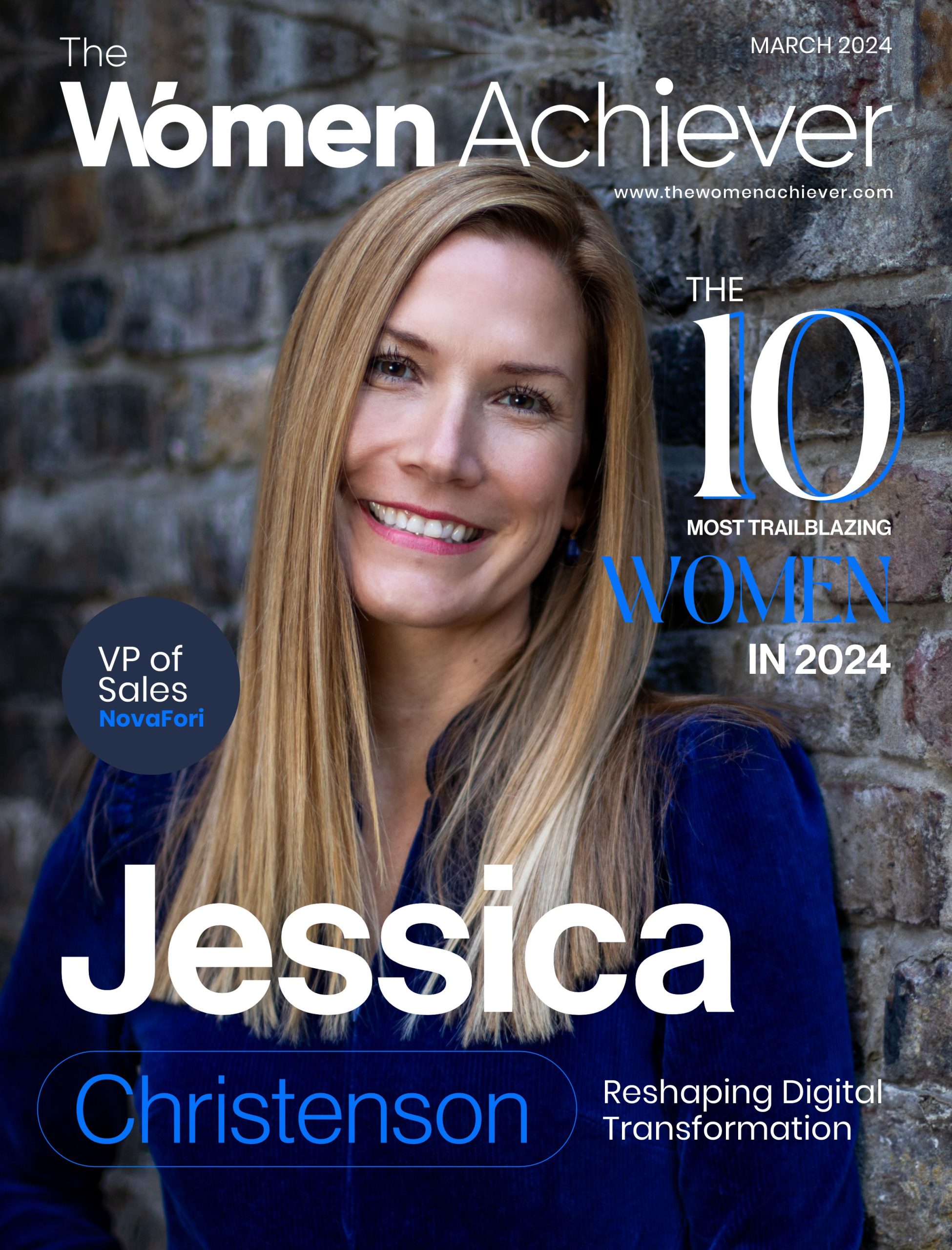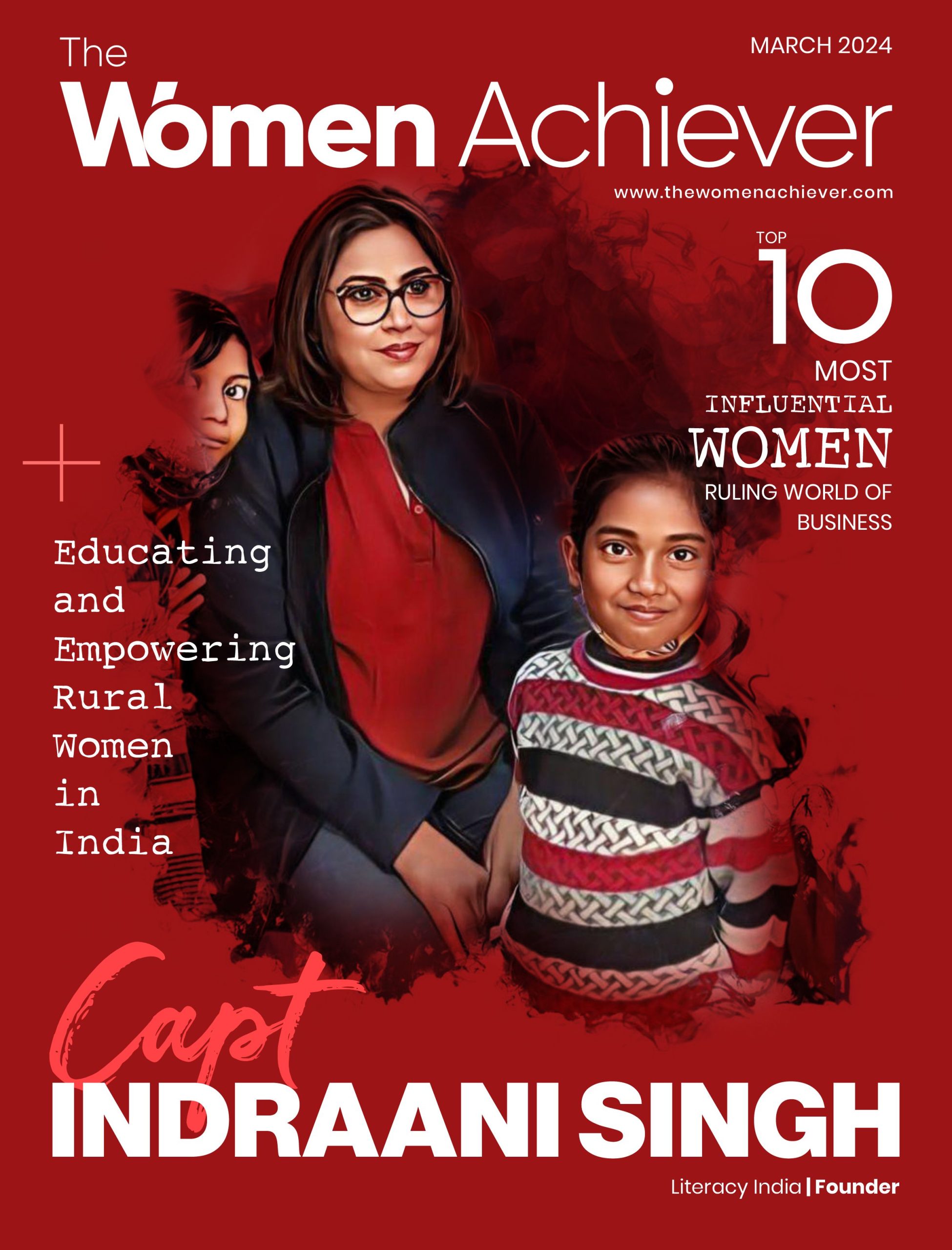Professional women’s sports are less popular than men’s. Is it a result of media coverage?
Women’s sports are less popular than men’s sports. Sponsors and media coverage could be two of the key factors. However, it cannot be entirely blamed on media coverage. Women’s sports will gain media attention only if we begin to show interest in them and encourage our girls to participate in sports rather than discourage them when they are ready. One of the biggest reasons women aren’t popular enough in this field is due to a lack of women’s participation in sports.
Equal compensation is a topic we discuss frequently in women’s sports. The discussion usually centers on how much fewer money women make than men, how unfair it is for there to be a pay gap when both genders work equally hard, and how female athletes frequently have to work full-time jobs in addition to being full-time athletes. How they are subjected to discrimination in sports.
For instance, for the past three years, the US women’s soccer team has made the topic prominent. It was discovered that the US women’s team received pay that was only a fourth of what the men’s team received after they won the World Cup in 2015. This was although women made $20 million more than males did that year.
Women’s sports filed a complaint alleging gender discrimination against US Soccer in March 2022. The equal pay claim was the only part of the complaint that the media focused on while ignoring others. Equal pay is not the only issue at stake in the lawsuit; there is also the claim that women in sports do not receive as much marketing or promotion as the men’s team, which lowers attendance and merchandise sales.
Equal compensation is not the problem. Marketing and promotion are the problems for women’s sports. In sports, there is institutionalized sexism that results in unequal remuneration and begins with the way that women in sports are promoted by their leagues. Let’s take a look at the WNBA, whose limited marketing resources and media coverage make it challenging to grow a fan base and, consequently, cash to support its athletes.
The issue is not the pay that women receive, rather, it is the lack of a solid foundation upon which they may build to utilize their skills. When equal pay is paid the focus of the discussion, we neglect all the smaller issues that support a system that hinders women’s sports growth and their ability to earn an equal amount of money and, as a result, justify equal pay. Additionally, when the promotion is lacking, it offers the usual detractors ammunition to point out, “See? They don’t arouse sufficient curiosity.
How can we ever anticipate that women will have the resources to adequately establish leagues and players when we consider these numbers? Discrimination in sports due to unequal compensation is a popular topic, but until we start looking at the barriers put in place to prevent women from ever reaching the finish line, it doesn’t matter in women’s sports.
The truth is that if the obstacles that keep women in the shadows continue, women’s sports will never reach parity. Talking about equal pay is pointless until we start making equal investments in the marketing and promotion of these athletes.










Add comment